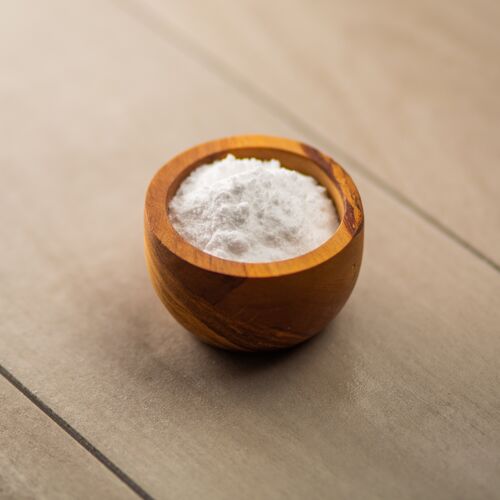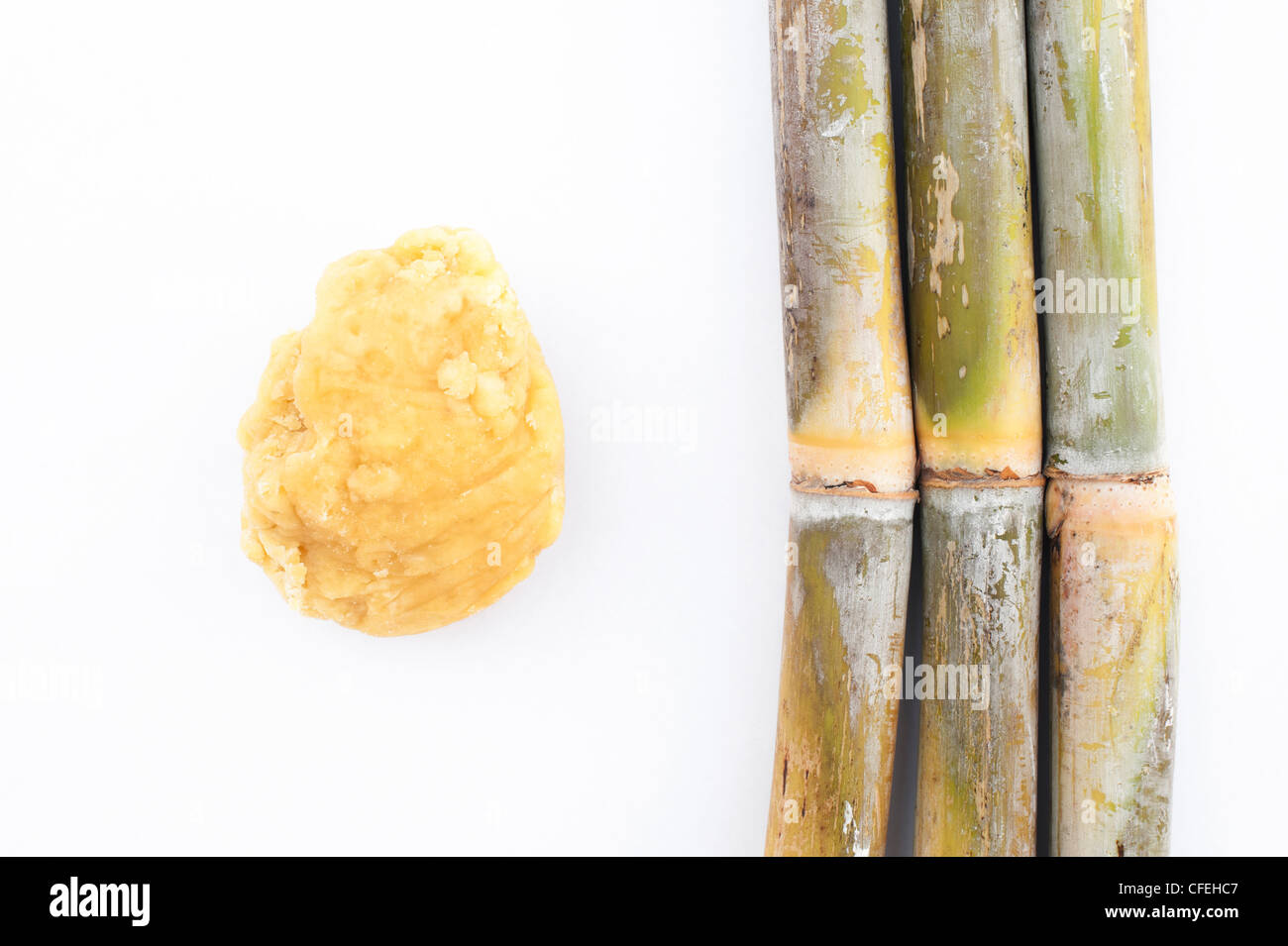Sugarcane Product in Traditional Healing: Healing Benefits You Should Know
Sugarcane Product in Traditional Healing: Healing Benefits You Should Know
Blog Article
The Trip of Sugarcane: From Harvest to Everyday Products
The journey of sugarcane is a multifaceted process that begins with meticulous growing and finishes in a variety of products that penetrate our day-to-days live. From the minute the walking canes are gathered at their optimal sucrose degrees, they go through a series of elaborate steps, consisting of cleaning, crushing, and explanation. These procedures not only generate sugar but additionally open a series of spin-offs, such as ethanol and eco-friendly product packaging products. As we discover the numerous aspects of sugarcane's trip, its function in sustainability and the more comprehensive ramifications for our atmosphere come right into sharper focus. What lies past the sweet surface?
Farming of Sugarcane
The farming of sugarcane is a crucial agricultural process that requires specific ecological conditions and management techniques. Optimum development takes place in tropical and subtropical regions where temperatures vary in between 20 ° C and 32 ° C. Adequate rains or irrigation is crucial, as sugarcane thrives in moist soil with well-drained problems (sugarcane product). Dirt top quality substantially influences return; hence, farmers frequently perform soil tests to determine nutrient demands
This approach promotes efficient gathering and makes best use of sunlight direct exposure. Plant turning and intercropping are suggested practices to improve dirt fertility and lower bug problems.
Fertilizing is another critical aspect, with nitrogen, phosphorus, and potassium being the key nutrients needed for ideal development. Prompt application of these fertilizers can considerably boost sugar returns. Additionally, keeping track of for illness and parasites throughout the growing period is necessary, as these elements can negatively influence crop health and performance. Overall, effective sugarcane cultivation hinges on a mix of ecological stewardship, calculated planning, and continuous administration practices.
Harvesting Strategies
Successful sugarcane cultivation finishes in the harvesting phase, which is critical for maximizing yield and making sure top quality. The timing of the harvest is essential; sugarcane is usually gathered when sucrose degrees top, usually between 10 to 18 months after planting. This duration varies based upon environment, dirt type, and sugarcane variety.
Collecting strategies can be generally categorized right into guidebook and mechanical methods. Manual harvesting is labor-intensive, relying upon proficient workers who utilize machetes to reduce the stalks short. This approach enables careful harvesting, where just the ripest walking canes are selected, therefore boosting overall sugar web content.
On the other hand, mechanical harvesting has gained popularity because of its performance and cost-effectiveness. Specialized harvesters outfitted with reducing knives and conveyor systems can refine huge areas promptly, significantly decreasing labor costs. This approach may lead to the addition of premature walking canes and a potential decrease in sugar top quality.

Regardless of the method employed, making sure that gathered canes are carried swiftly to refining facilities is important. Motivate dealing with lessens wasting and maintains the integrity of the sugarcane, setting the phase for optimal handling.
Processing Approaches
Handling sugarcane includes numerous vital steps that transform the harvested stalks into useful products, mainly sugar and molasses. The preliminary phase is cleaning the cane to remove soil and debris, followed by the extraction of juice with crushing or milling. This procedure generally utilizes heavy rollers that break the cane fibers to launch the pleasant fluid had within.
Once the juice is removed, it undertakes clarification, where pollutants such as dirt particles and bagasse are eliminated. This is typically attained by including lime and heating up the juice, enabling sedimentation. The cleared up juice is after that concentrated with evaporation, where you could try these out water content is minimized, leading to a thick syrup.

Inevitably, the processing of sugarcane not only generates sugar and molasses however additionally lays the groundwork for different by-products, which will certainly be checked out in subsequent discussions.
Products Derived From Sugarcane
Sugarcane is a versatile crop that generates a wide range of items beyond simply sugar and molasses. Amongst the key spin-offs are ethanol and biofuels, which have obtained prestige as renewable resource sources. Ethanol, created through the fermentation of sugarcane juice, acts as a different to nonrenewable fuel sources and is often mixed with fuel to create cleaner-burning fuels, reducing greenhouse gas exhausts.
Additionally, sugarcane is a substantial source of bagasse, the fibrous residue continuing to be after juice extraction. Bagasse is used in different applications, including the production of paper, eco-friendly product packaging, and as a biomass gas for power generation. Its use not only minimizes waste but additionally enhances the sustainability of sugarcane handling.
Additionally, sugarcane-derived items encompass the food industry, where it acts as an all-natural flavor agent and sweetener in different culinary applications. In the realm of cosmetics, sugarcane removes are incorporated right into skin care items because of their natural exfoliating properties.
Ecological Impact and Sustainability
The farming and processing of sugarcane have considerable effects for ecological sustainability. This these details plant requires significant water sources, frequently leading to exhaustion of local water products and affecting surrounding ecological communities. Furthermore, using plant foods and pesticides in sugarcane farming can result in dirt degradation and river pollution, positioning dangers to biodiversity.

Lasting discover this info here sugarcane farming additionally promotes dirt health and wellness through crop rotation and minimized tillage, improving carbon sequestration. The adoption of these practices not just supports ecological honesty yet additionally improves the resilience of farming communities versus environment change.
Verdict
In summary, the journey of sugarcane encompasses various phases from cultivation to processing, inevitably resulting in a large selection of products. The importance of sugarcane prolongs beyond mere sweeteners, contributing to eco-friendly energy via ethanol production, lasting packaging using bagasse, and natural removes for cosmetics. This diverse plant plays a crucial role in both nutritional enrichment and ecological sustainability, highlighting its significance in contemporary agricultural and industrial techniques.
Effective sugarcane farming culminates in the gathering phase, which is essential for making the most of yield and guaranteeing high quality. The timing of the harvest is vital; sugarcane is typically harvested when sucrose levels peak, generally in between 10 to 18 months after growing.Handling sugarcane includes a number of essential steps that change the harvested stalks right into useful items, mostly sugar and molasses.Sugarcane is a versatile crop that yields a broad range of items past simply sugar and molasses. Furthermore, the usage of fertilizers and pesticides in sugarcane farming can result in dirt destruction and river air pollution, posturing risks to biodiversity.
Report this page